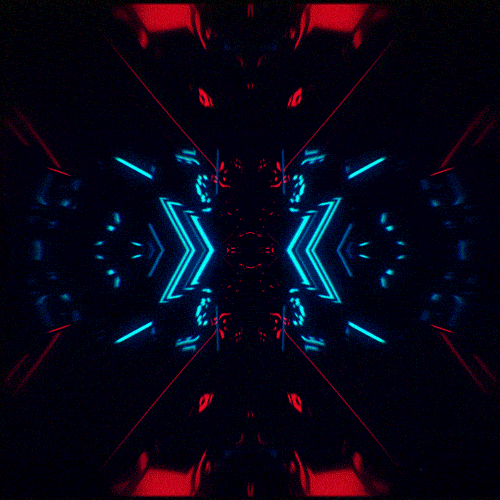
NFTs & Digital Ownership
NFTs are more than just digital collectibles; they represent true ownership, authenticity.
Introduction
NFTs (Non-Fungible Tokens) have revolutionized digital ownership, allowing creators to monetize their art, music, videos, and virtual assets on blockchain networks. Whether you’re an artist, musician, or developer, NFTs provide a unique way to showcase and sell your work to a global audience. This guide will walk you through the entire process of creating and selling NFTs, from minting to marketplace selection.
Step 1: Understanding NFTs
Before creating NFTs, it’s essential to understand what they are.
- NFTs are unique digital assets stored on a blockchain that represent ownership of a particular item, such as artwork, music, or gaming items.
- Unlike cryptocurrencies such as Bitcoin, NFTs cannot be exchanged on a one-to-one basis, making them valuable for collectors and investors.
Step 2: Choose the Right Blockchain
The blockchain you select will determine transaction fees, marketplace availability, and security. Popular NFT blockchains include:
- Ethereum – The most widely used blockchain for NFTs (uses ERC-721 & ERC-1155 standards).
- Solana – A fast, low-cost alternative to Ethereum.
- Polygon – A scalable layer-2 solution that reduces gas fees.
- Tezos & Flow – Sustainable blockchains with lower energy consumption.
Step 3: Set up a Crypto Wallet
To mint NFTs, you need a crypto wallet to store digital assets. Some of the most popular wallets include:
- MetaMask (Ethereum & Polygon)
- Phantom (Solana)
- Trust Wallet (Multi-chain support)
Conclusion
The NFT industry is booming, offering endless opportunities for artists, musicians, and digital creators. By following this guide, you can easily create, mint, and sell your NFTs while leveraging blockchain technology for digital ownership.

